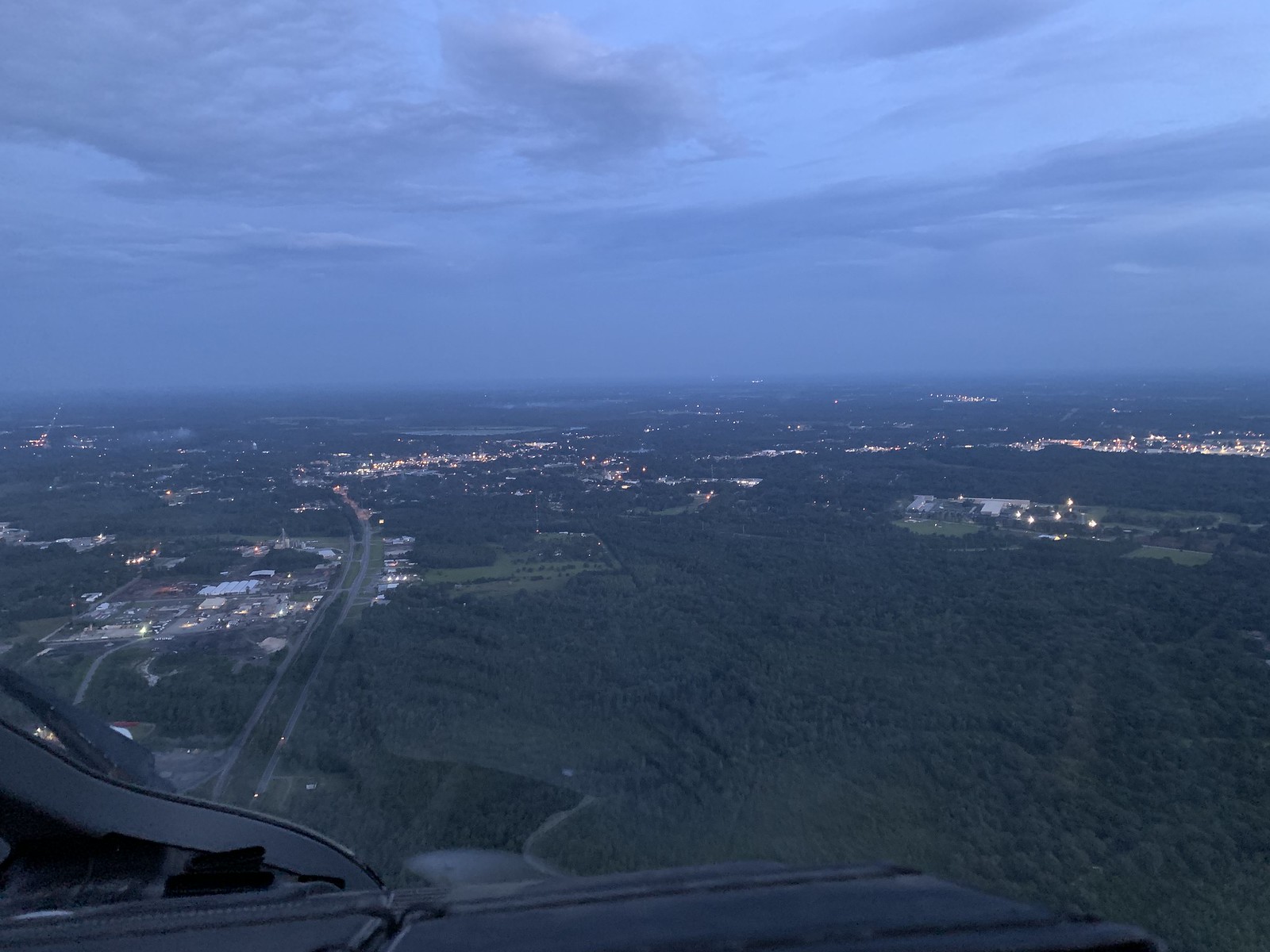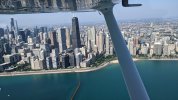This has been a change for the better, I think, as well as kind of a renewed emphasis on AoA in the last ten years or so.... also the cultural response to stall warning has changed in GA - example in a full power climb simulating a loss of power after takeoff - full power and aircraft at Vy - the culture change afoot in the CFI community is to teach a very aggressive response to reduce AOA - to the point even getting light in the seat. Mishap data supports this approach - its eye opening for students to see how quickly airspeed bleeds off and AOA increases in an after T/O power failure scenario. Step 1 - "save your life" (unload) Step 2 - pitch for Best Glide.
I do like the FAA's permissive approach to AoA instrumentation- approach sidestepped a lot of unnecessary regulation while opening things up to let the free market decide. For the most part, the competing add-on systems are pretty good.
There are a few, ahem, curious things out there in the marketplace though: Some installations have the indicator down low on the panel, out of your line of sight... and pretty useless. There is some variety in presentation, and I think that's perfectly okay (Navy and Air Force indicators use different symbology and somehow all of us survived). Then there is a software-only "derived" AoA that uses airspeed, GPS, inertial (AHRS) inputs and spits out an AoA value, which is a pretty bullshit thing to pitch to your customers, but again, I'll leave this up to the free market (I won't say the name of the avionics company, but it's the same as a city in Colorado and also an infamously horrible car built by Dodge from 1976-1980). There's a kind of homebrew AoA system that uses a simple differential pressure gauge and a special bifurcated pitot probe (sort of two pitot probes, one angled up and the other angled down). Unfortunately, this particular method is actually quite inaccurate (I can show you an old NACA report that explains why) but again, it's up to the free market to decide.
The other half of the problem is the older most pilots get, the more dogmatic they get in their thinking. In defense of old, ornery pilots, the sales literature for most AoA instruments presents them as little more than glorified stall warning systems- the popular aviation magazines guilty of this too.





